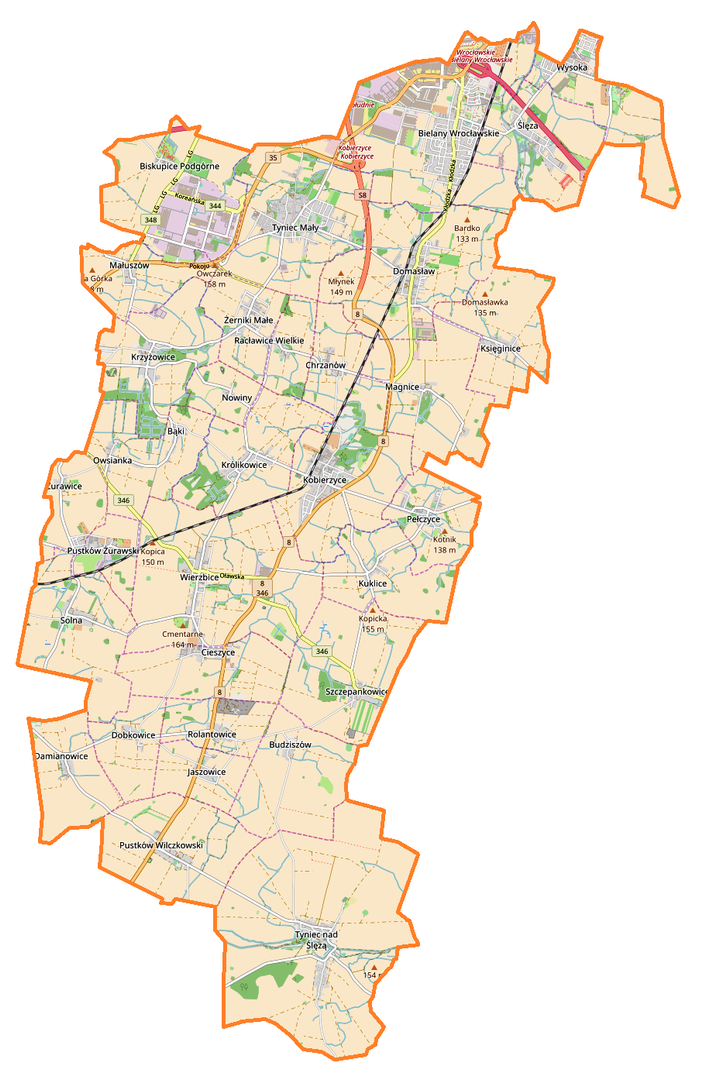Kobierzyce
7.75

Overview
The Kobierzyce Municipality, located in the central part of the Lower Silesian Voivodeship, has a rich history dating back to prehistoric times, when the area was inhabited by agricultural tribes and various cultures, such as the Lusatian and Celtic cultures. In the 9th century, Kobierzyce came under Czech influence, and in 990, they were incorporated into Poland by Mieszko I. The municipality was part of various duchies and subject to different states, such as the Czech Kingdom or the Habsburg Monarchy, until in 1742 it came under Prussian rule, which influenced the development of the region. An important moment in the history of the Municipality was the construction of the railway line at the end of the 19th century, which connected Wrocław with other cities. After World War II, the municipality experienced demographic changes caused by the expulsion of Germans and the influx of Polish settlers, which significantly impacted its social and economic structure. Today, Kobierzyce enjoys growing importance in the Wrocław agglomeration, undoubtedly due to its proximity to Wrocław and its extensive communication network. The municipality is known for numerous investments, including the Aleja Bielany shopping center, which is one of the largest in Poland. An interesting fact is the activity of the Kobierzyce Municipality Handball Club, which plays in the Superliga. The municipality is also involved in the development of transport infrastructure, and after modernization, the restoration of rail connections is planned. Kobierzyce is gaining popularity thanks to numerous attractions in the form of large-format stores, and its demographics show a growing population, indicating the area's attractiveness for settlement. The municipality covers an area of 149.11 km², with a predominance of agricultural land, which also gives the region agricultural significance. Communication is provided by regular bus connections and national roads, facilitating access to Wrocław and other towns. Kobierzyce, bordering various municipalities, plays a key role in the context of the development of the Wrocław agglomeration, serving as an important link between the countryside and the city.
Location
You can also find here:
2025 Wizytor | All Rights Reserved
